July 1950
- charliebunton
- 7 hours ago
- 5 min read
The air was infused with the sweet scent of carnival cotton candy and a gentle breeze from Lake Huron as Rogers City celebrated Independence Day with patriotic enthusiasm. At Lakeside Park, the vibrant rides of the Mosher carnival spun, while children eagerly held their complimentary tickets and sticks of bubble gum from generous business leaders, getting ready for the bubble-blowing contest. Beverly Piechan won the girls' contest, while Gary Heythaler and James Dembny shared the honors in the boys' competition. Throughout the four-day event, the Michigan Limestone & Chemical Company paused operations, allowing its employees and their families to enjoy the celebrations.
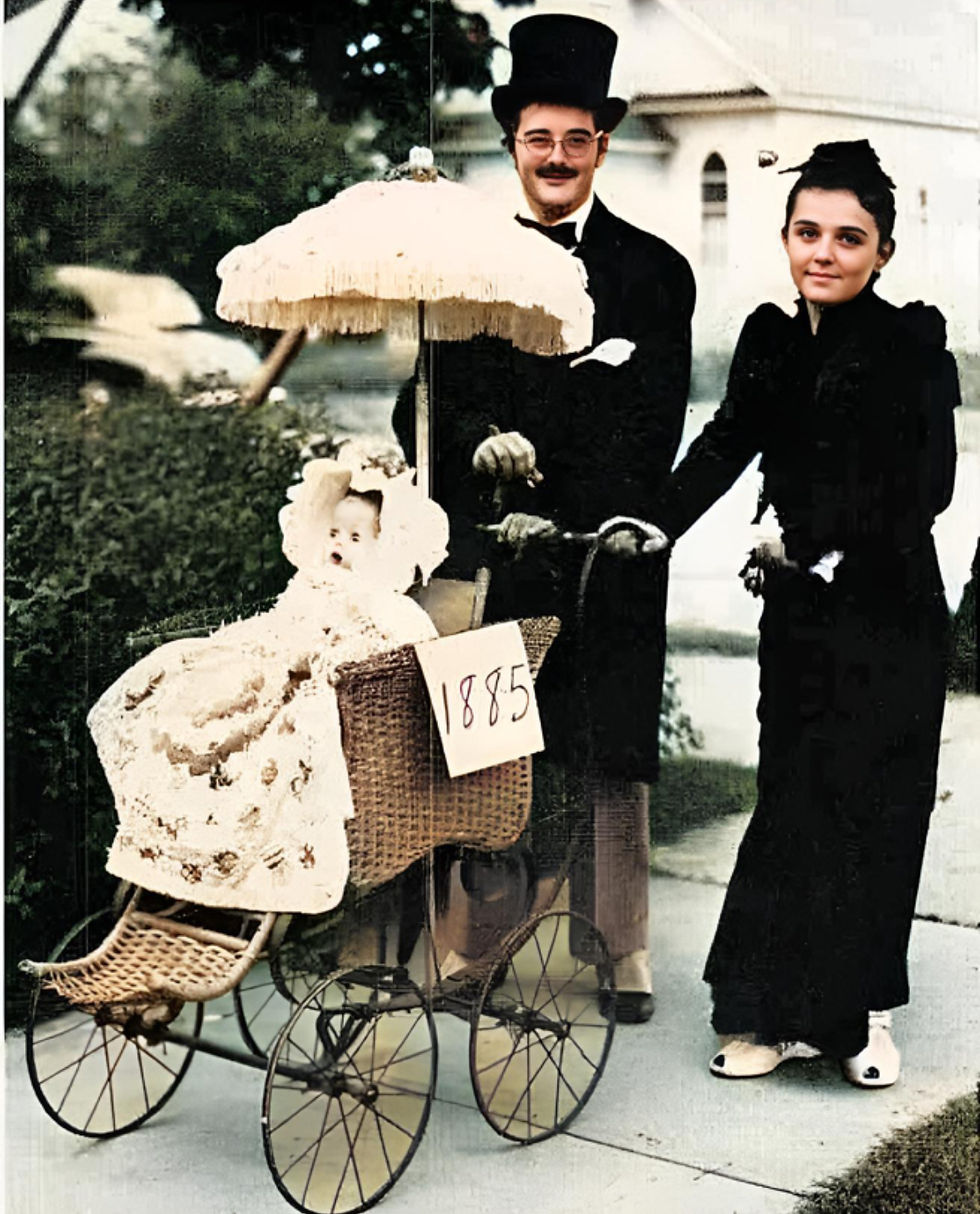
In the Rogers City High School auditorium, ten young women—Blanch Yarch, Thelma Kuebler, Theresa Talaske, Virginia Kuznicki, Emogene Kuznicki, Pat Hilla, Marvella Wenzel, Patricia Kerr, and Marjorie Derry—awaited their chance to compete for the esteemed title of "Miss Limestone City" at the second annual Queens Ball hosted by the Servicemen's Club. Ultimately, Derry was crowned Miss Limestone City.
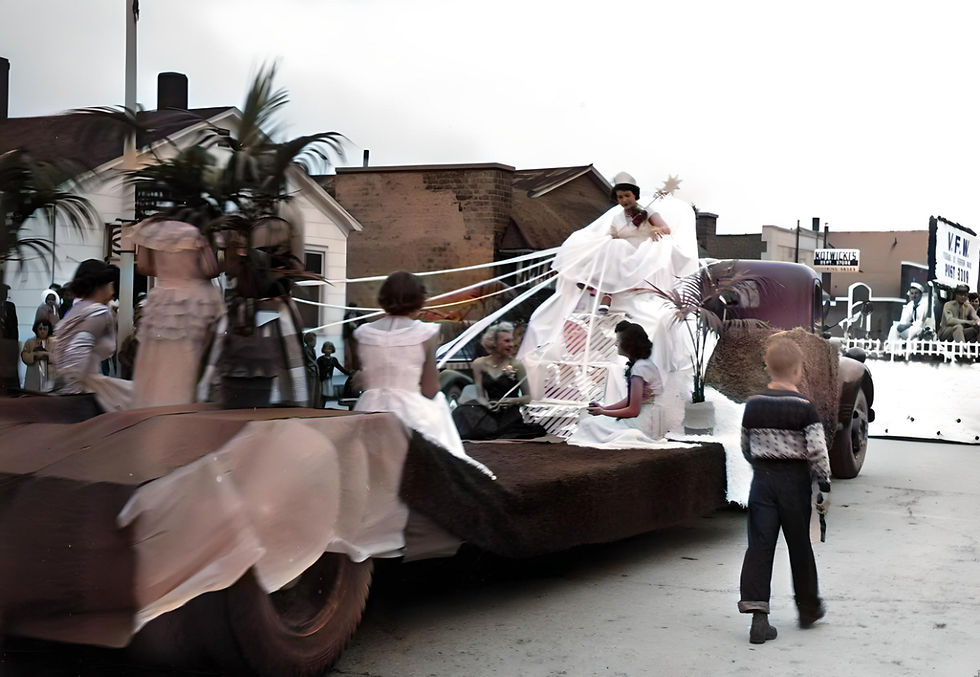
Children's bare feet pounded the ground in energetic races and field games, while the applause of proud families welcomed the Grand Parade. The parade featured magnificent floats, inspiring tunes from the Rogers City Marching Band, and the proud march of uniformed military members, culminating in a breathtaking finale of brilliant fireworks that lit up the starry sky above Lake Huron's shimmering waters. The golden reflections danced like a celebration of freedom across the gentle waves that caressed the shores of this quintessential American town.

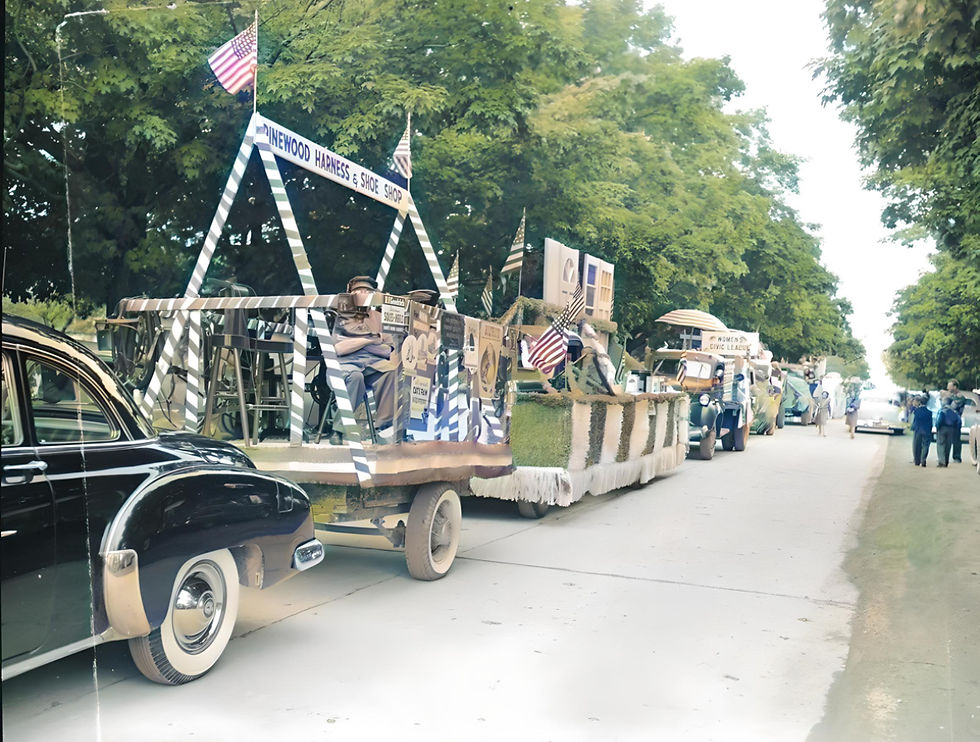
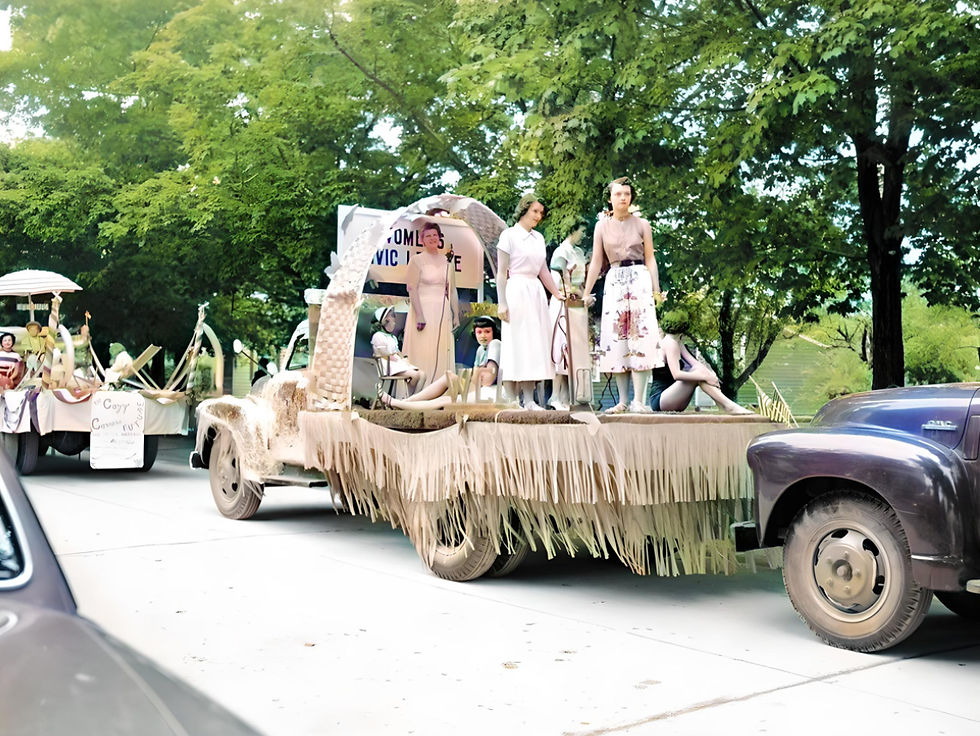
On July 1, the Rogers City Band, led by Rhoud Benson, gathered on the limestone bluff overlooking the Calcite quarry to play patriotic tunes during the flag-raising and dedication of Lookout Station, known locally as Quarry View. This fenced area off Business US-23 provides visitors with a unique opportunity to safely observe the quarrying operations at Calcite. It is open daily from 8:00 a.m. to 9:00 p.m., with an attendant provided by Calcite to answer visitors' questions and keep a record of daily visitors. In the first three months, Quarry View hosted over 20,000 visitors from all 48 states, five Canadian provinces, France, Australia, Japan, Haiti, Switzerland, England, Mexico, Venezuela, Cuba, Germany, Norway, Puerto Rico, Ireland, and Poland.

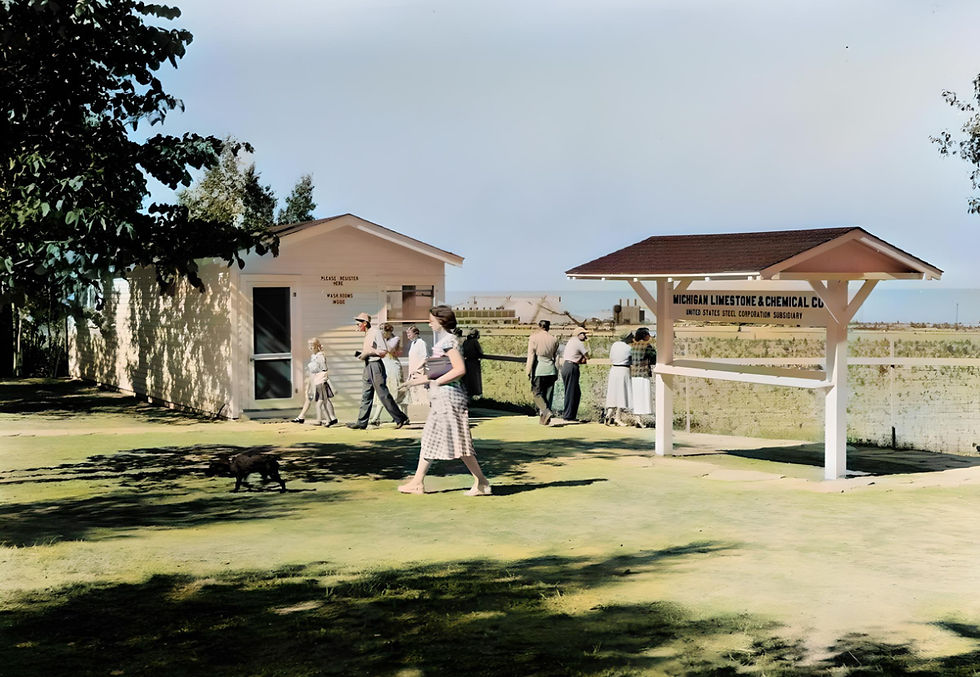

In a move to unify the general management of two of their subsidiary limestone-producing companies, the United States Steel Corporation appointed Irvin L. Clymer, president of the Michigan Limestone & Chemical Company, as president of the Pittsburgh Limestone Corporation. Clymer, a native of Mt. Cory, Ohio, graduated from Purdue University in 1911. His business career began with the Robins Conveying Belt Co. as a draftsman and engineer in equipment design and handling for coal, coke, ore, and limestone. In 1926, he started his career at Michigan Limestone and the Bradley Transportation Company as chief engineer, was elected vice-president of the two companies in 1938, and became president of both companies the following year.
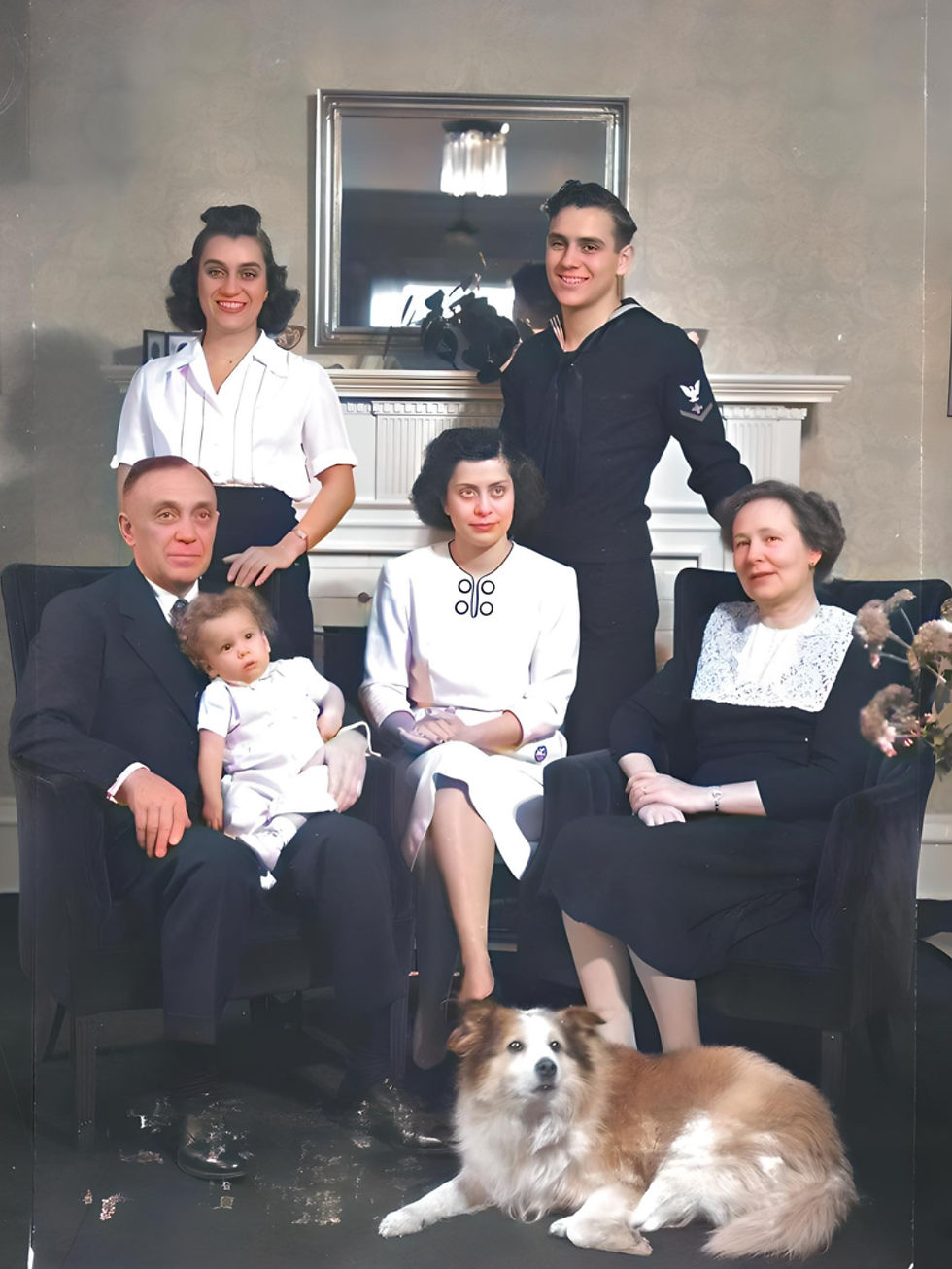
Over 2,000 visitors attended the formal dedication of Rogers City Hospital on July 23, marking a key milestone in the community’s healthcare commitment. The event attracted local residents, healthcare professionals, and dignitaries, celebrating the opening of this modern facility. The ceremony included speeches from State Representative Emil Petlz and newly appointed Hospital Administrator J. Richard Thomas, emphasizing the hospital's mission to provide quality medical care and its role in regional public health. Guided tours showcased the facility's advanced equipment and services, fostering community pride. Ethel Clark was named Director of Nurses, tasked with maintaining high care standards and leading the nursing team in compassionate care. The medical staff includes Dr. William Jackson, Dr. Arthur Foley, and Dr. Edward Arscott, all enhancing the hospital's service quality.

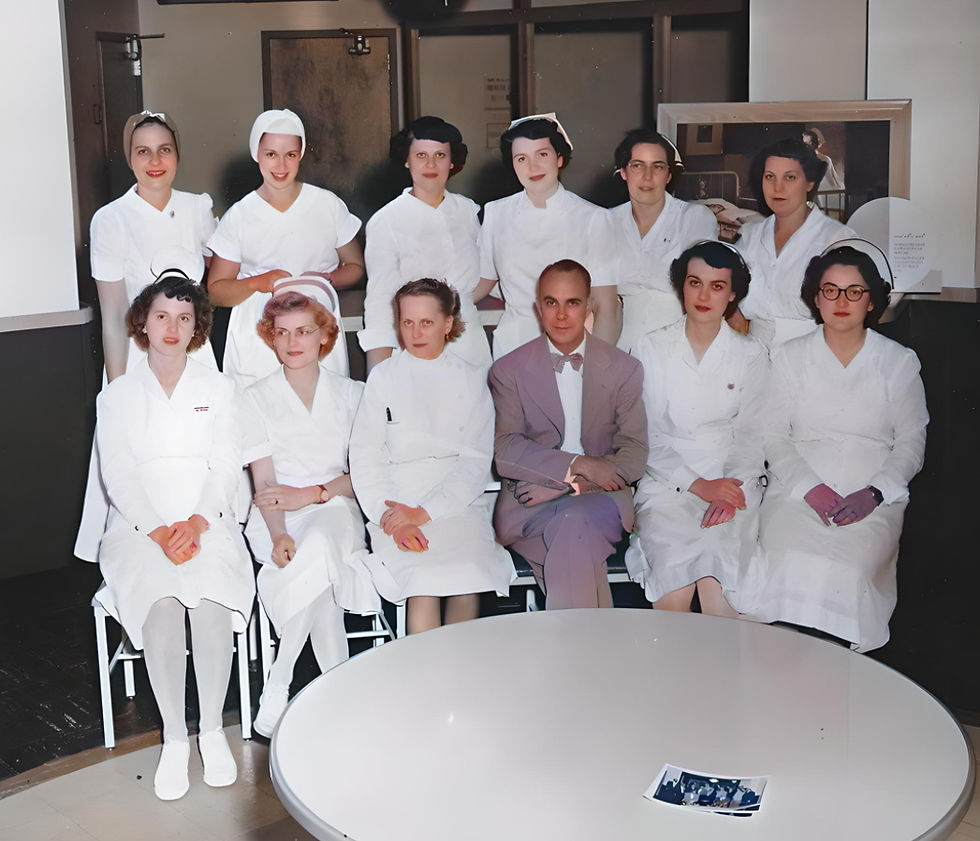

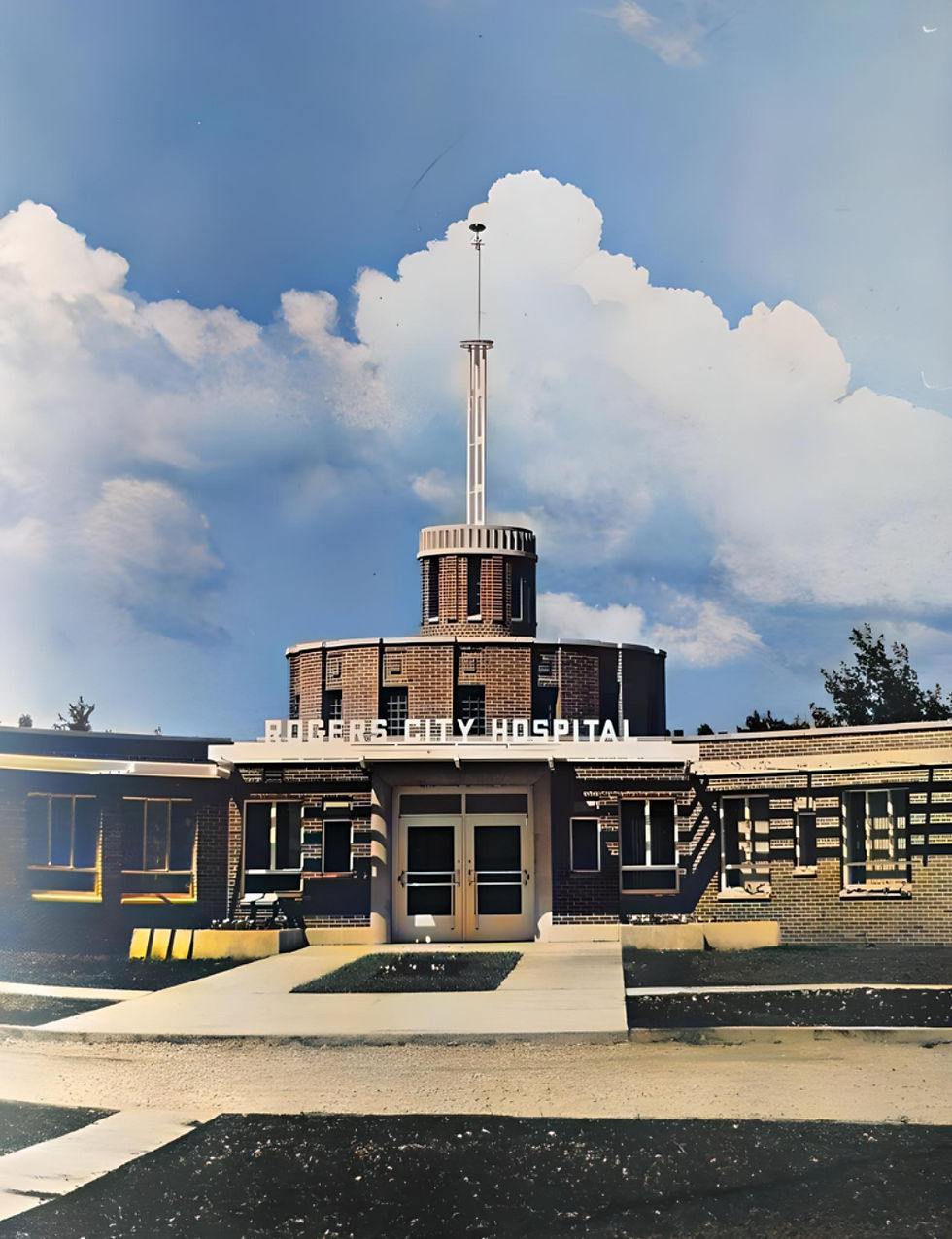

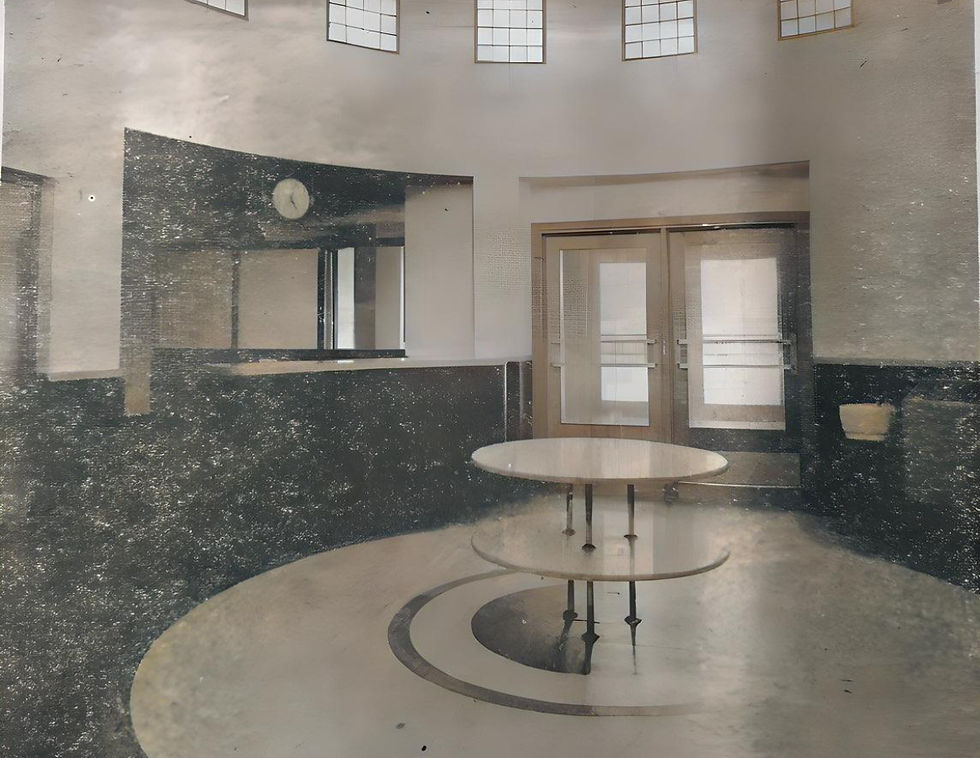
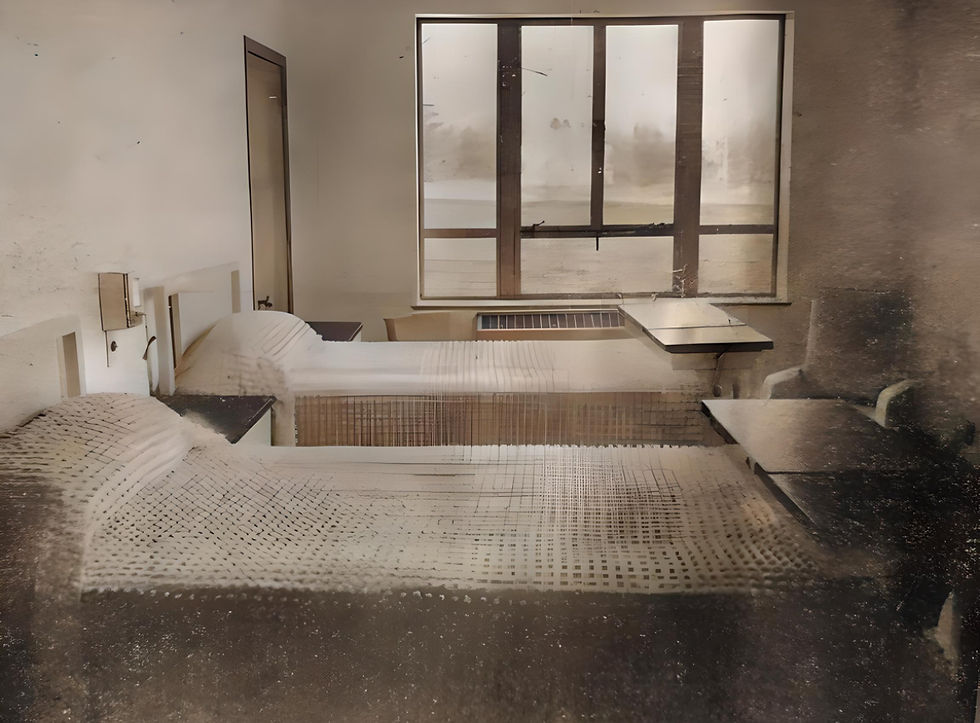
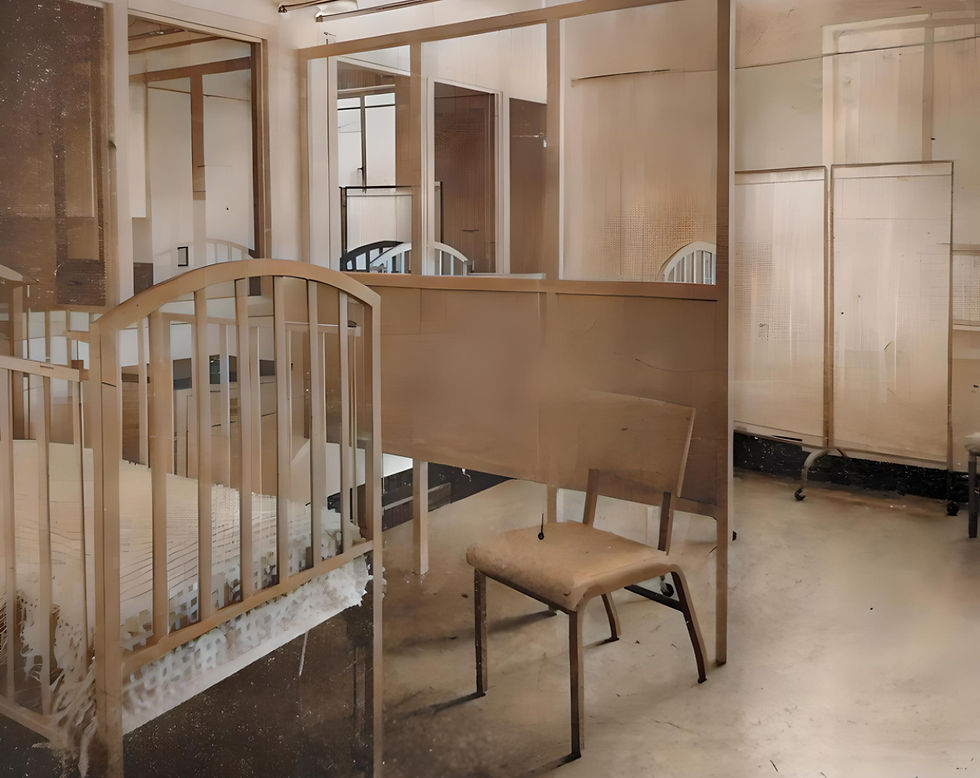


Additionally, the community welcomed a new medical professional, Dr. Robert Ries, a surgeon from Detroit who joined Dr. Jackson and Dr. Arscott in the Rogers City Medical Group, located in a large office suite in the rear of the new O'Callaghan building on Third Street, directly across from the old location. Ries, originally from Alden, Iowa, graduated from Wayne University College of Medicine in Detroit in 1942. He served three years in the Navy and Marine Medical Corps, stationed in the South Pacific. Before his arrival, Ries spent four years at Grace Hospital, the last year as chief resident of surgery. The Ries family includes his wife Patricia and their two young children, Kurt (3) and daughter Wendy (18 months).


Elmer Radka was officially admitted to the bar during a ceremony at the Presque Isle County Courthouse, presided over by Judge Wilcox. This marked a pivotal moment in Radka's legal career, symbolizing his dedication to ethical law practice and justice. Radka graduated from the University of Michigan Law School in June 1949, instilling in him a responsibility to advocate for clients and society. His academic achievements and bar admission marked the start of a promising legal career, ready to navigate legal complexities and impact lives positively.

The new Black and White Super Market building, constructed for Louis "Shorty" Nowak, opened at the corner of Second Street and Erie Street with a ribbon-cutting ceremony by Mayor Sam Jackson, during which gifts were given to every patron. The General Mills Company sent a reporter and a representative to bake and serve delicious cakes. Among the door prizes were a three-tiered wedding cake for any registered couple, a dinner set for four, a large basket of groceries, and bicycles for boys and girls. Construction on the 50x130 foot one-story cinder block building began in May, with cement blocks purchased from the Rogers City Cement Products Company, providing the store a large showroom of 6,500 square feet to showcase their expanded selection of goods.



As families gathered around their crackling radios, the urgent voice of local radio station WHAK announcer Chuck Phillips vividly described distant battlefields: 100,000 North Korean soldiers advancing across the 38th parallel, their boots echoing against the rocky Korean peninsula while Seoul's residents fled desperately toward safety. The scent of fresh-baked bread from local kitchens mingled with cigarette smoke as neighbors gathered on front porches, their quiet conversations punctuated by the distant hum of machinery at the limestone quarry. Across town, women's hands worked steadily packing CARE boxes, the rough cardboard scratching against their palms as they filled them with blankets and canned goods for Korean refugees whose faces they could only imagine.

The young men of Rogers City walked differently now, their shoulders bearing the weight of Harold Kreft, the first local to receive a draft notice, and Norman Fleming, stationed in South Korea during the invasion, recovering in a hospital from his wounds. Frank Buza's draft board office buzzed with the nervous energy of 346 registered men, the scratch of pens on official forms creating a symphony of reluctant preparation, while their mothers clutched rosaries and prayer books with fingers raw from worry, the leather bindings worn smooth by countless pleas for peace in a world vibrating with the collective held breath of a community that had already given so much, now watching their sons and husbands answer their country's call once more, their prayers rising like incense into the uncertain summer sky.

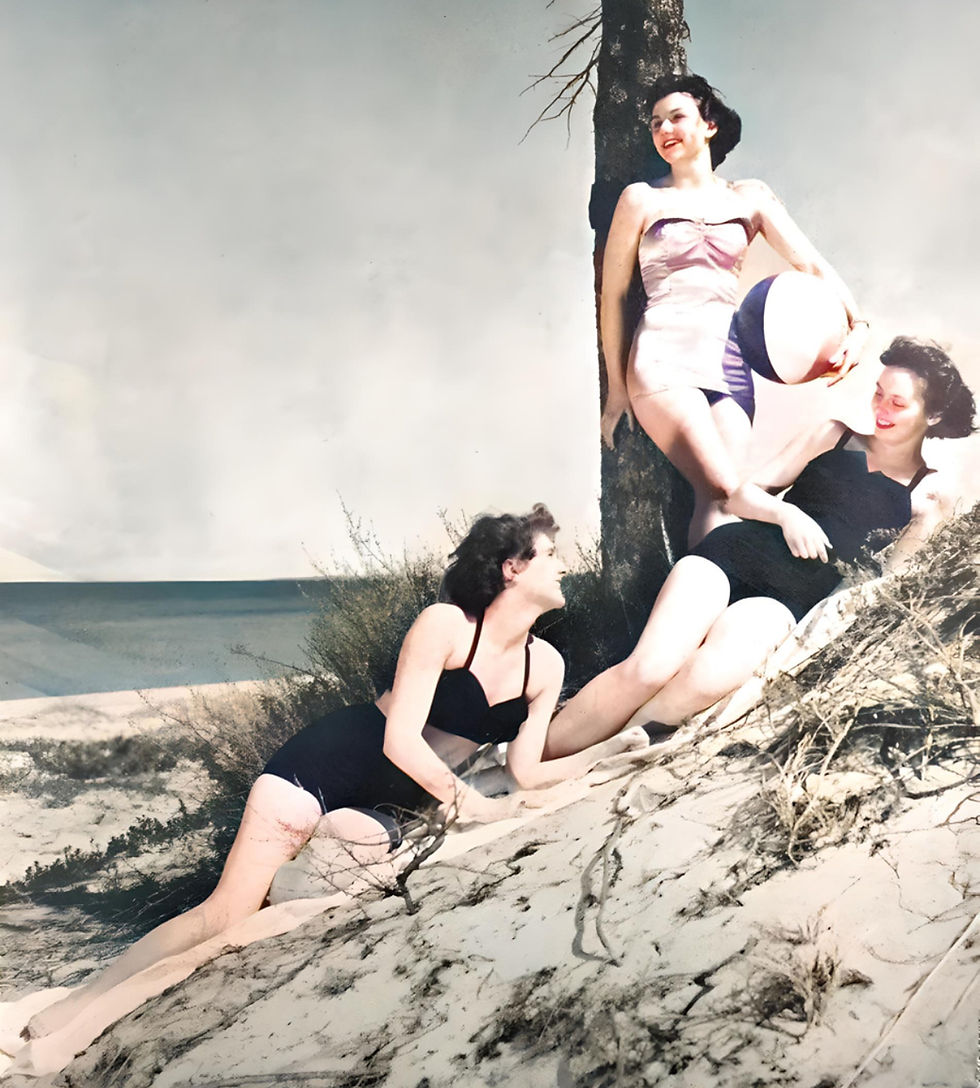


Comments